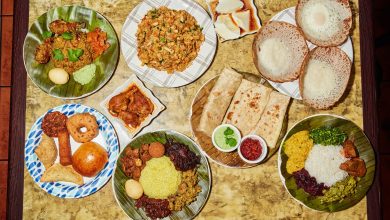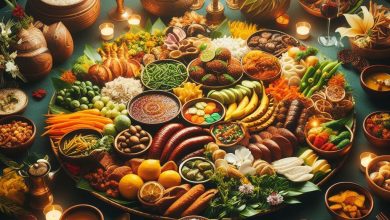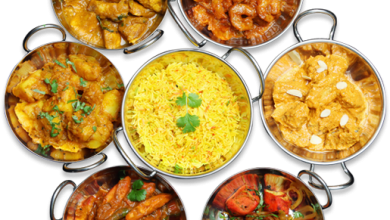A Gastronomic Journey Through Sri Lanka: Exploring the Rich Tapestry of Sri Lankan Cuisine
Sri Lankan Cuisine
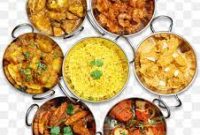
Introduction:
Sri Lanka, which is tucked away in the middle of the Indian Ocean, is a culinary and visual feast with its stunning scenery, dynamic culture, and gracious people. The varied culinary legacy of the island country is a reflection of centuries of commerce, cultural influences, and regional inventions. This article explores the distinctive foods, spices, and culinary customs that make Sri Lankan cuisine a gourmet paradise, taking you on a delectable journey through its dense tapestry.
Diversity in Sri Lankan Cuisine:
Sri Lankan food reflects the nation’s ethnic past with a medley of tastes, textures, and fragrances. Indian, Arab, Malay, Portuguese, Dutch, and British cuisines have all influenced the culinary legacy, creating a singular combination that tantalizes the senses.
Rice is a main course in Sri Lankan cuisine, which is also served with a wide selection of side dishes, sambols (condiments), and aromatic curries. The ubiquitous coconut adds a rich, creamy flavor to a variety of meals, emphasizing the island’s profusion of coconut palms.
Key Ingredients:
1. Rice: Rice is the staple food of Sri Lanka and is frequently eaten with a variety of curries and side dishes. The culinary scene is made more diverse by the addition of varieties including red rice, basmati, and samba rice.
2. Coconut: Coconuts come in a variety of forms; they are used in curries, sweets, and even drinks. They can be found in milk or shredded form.
3. Spices: Sri Lanka’s food is a symphony of tastes, and the country is well known for its spice gardens. A nod to the well-known Ceylon cinnamon, common spices include cinnamon, cardamom, cloves, cumin, and coriander.
Signature Dishes:
1. Rice and Curry: Rice and curry, a traditional Sri Lankan dish, consists of rice mixed with a variety of curries. The curries are cooked in coconut milk and flavorful spices, frequently with fish, meat, or vegetables.
2. Kottu Roti: Kottu roti, a popular street meal, is a stir-fried dish prepared of chopped roti (flatbread), eggs, veggies, and your choice of meat, all mixed together with a variety of spices.
Regional Influences:
Regional variances add to the gastronomic variety of Sri Lanka. The heartland’s love of rice and curries contrasts with the seafood-focused cuisine of the coastal regions. Unique Tamil delicacies, such as the spicy crab curry and mutton dishes, may be found in Jaffna, in the north. The cold environment of the hill area inspires the introduction of a unique range of vegetable-centric pleasures.
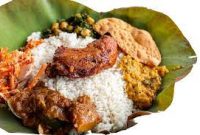
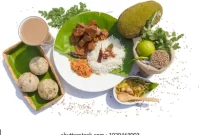
Sambols and Chutneys:
A discussion of Sri Lankan food would not be complete without addressing sambols and chutneys. These colorful condiments give every meal a taste explosion. Among these, pol sambol—a spicy concoction of coconut, chile, lime, and Maldive fish—is arguably the most well-known.
Tea and Desserts:
With its famed Ceylon tea, Sri Lanka boasts a flourishing tea culture. In addition to tasting a range of fragrant concoctions, guests may participate in a traditional tea ceremony. The tea plantations dotting the hill area are a testament to the legacy of British colonialism.
Sri Lankan desserts are a luscious celebration of regional delicacies. Among the various delicacies that satiate the nation’s sweet craving are kavum, a deep-fried sweet delicacy made from rice flour and jaggery, and wattalapam, a steamed coconut custard.
Challenges and Innovations:
Though there is a specific place for traditional dishes, new influences and international trends have not completely disappeared from Sri Lanka’s culinary scene. Modern cooking techniques and traditional tastes are being combined by chefs as a result of urbanization and changing lifestyles.
As with any cultural change, there are obstacles to overcome. The sustainability and authenticity of Sri Lankan cuisine are threatened by the rising demand for some commodities and the effects of climate change on agriculture.
Conclusion:
In summary, the rich cultural legacy of the island and the effects of centuries of commerce and interchange are reflected in the symphony of tastes that is Sri Lankan food. Every taste conveys a tale of creativity, history, and the warmth of Sri Lankan hospitality—from the savory crunch of kottu roti on busy streets to the aromatic spices of a rice and curry feast.

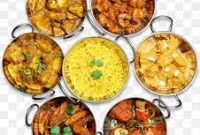
We find a wide variety of foods as well as a deep connection to the history, culture, and distinct geography that combine to create Sri Lanka a gastronomic paradise as we explore the island nation’s culinary landscapes. A nation where every meal is a celebration and every mouthful is an invitation to explore the complexity of its cultural tapestry, Sri Lanka is a country whose cuisine, whether you prefer the robust tastes of Jaffna’s crab curry or the delicate string hoppers found in the highlands, is a window into its soul.
